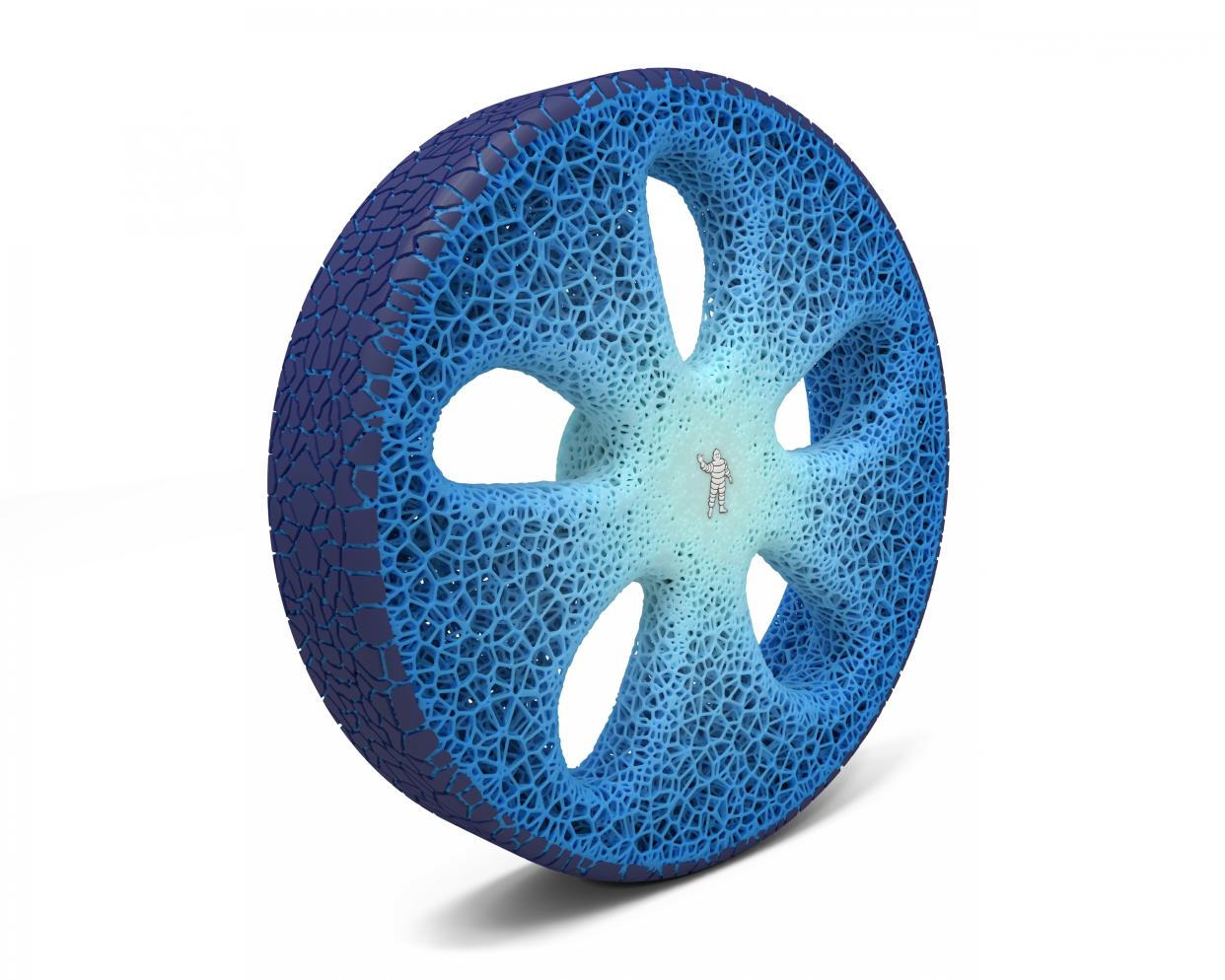Michelin promises tyres will be made from fully sustainable materials by 2050
Major tyre manufacturer Michelin has revealed how it plans to make its tyres from fully sustainable materials by 2050.
The French firm says it currently makes tyres with 28 per cent sustainable materials, but wants to steadily increase this over the next few decades.
Each tyre compound is made up of around 200 ingredients, with the main one being natural rubber. Others include synthetic rubber, metal, fibres and components that strengthen a tyre’s structure, such as carbon black, silica and plasticisers.

It is the blend of these that gives a tyre its combination of grip with the road, safety and durability, but Michelin says its 6,000 research and development staff are currently working to not only improve the performance of these parameters, but use materials that are sustainably sourced.
Examples of how this is done include the firm’s work with various companies on the BioButterfly project, which sees petroleum-based butadiene replaced with a bio-sourced version using biomass from wood, rice husks, leaves, corn stalks and other plant waste.
It is also sourcing the styrene used in its synthetic rubber from a Canadian company called Pyrowave, which gets the material from recycled packaging such as yoghurt pots and food trays.
Other projects include the construction of its first tyre recycling centre, which can recover some of the construction elements to be re-used in new tyres, as well as the deconstruction of recycled PET plastics into a new type of plastic that is used in tyres.
Tyre pollution is slowly gaining more recognition. As cars become cleaner through tight regulation, tyres continue to be unregulated, with independent emissions experts Emissions Analytics (EA) warning in March last year that tyre pollution could be ‘1,000 times worse than what comes out of a car’s exhaust’.
In 2019, a report by the UK Government recommended non-exhaust emissions by road traffic be recognised as a source of airborne particulate matter. In subsequent testing by EA, a regular family hatchback with new, properly inflated tyres emitted 5.8 grams per kilometre of particles.
That’s compared with a regulated exhaust limit of 4.5 milligrams per kilometre, and could be much worse with underinflated tyres, poorer road surfaces or using a budget brand.


